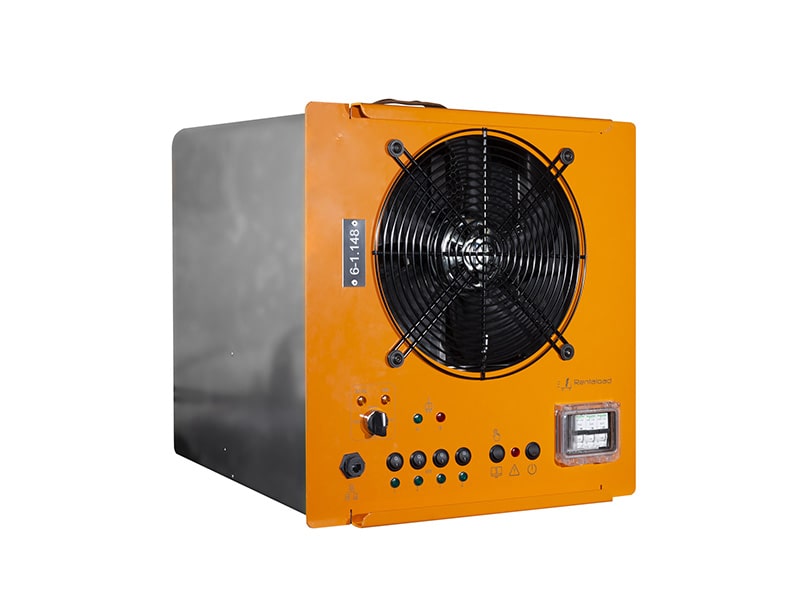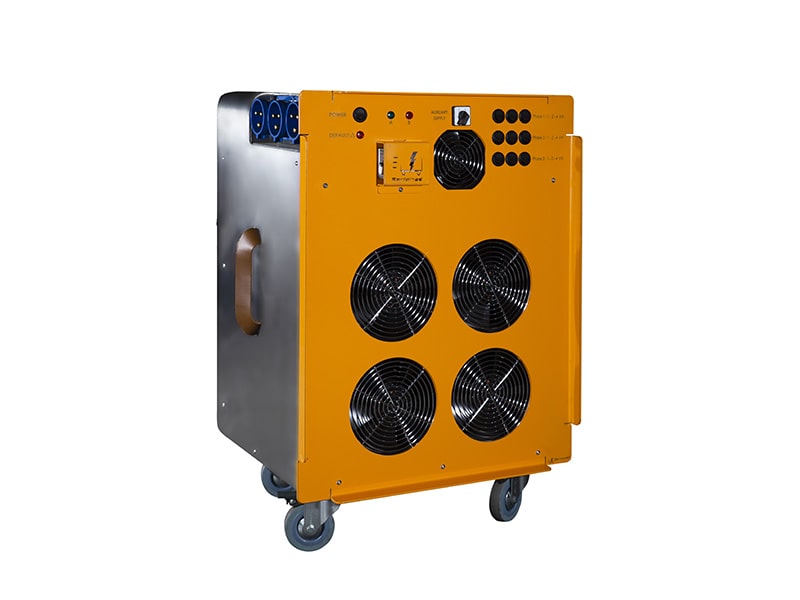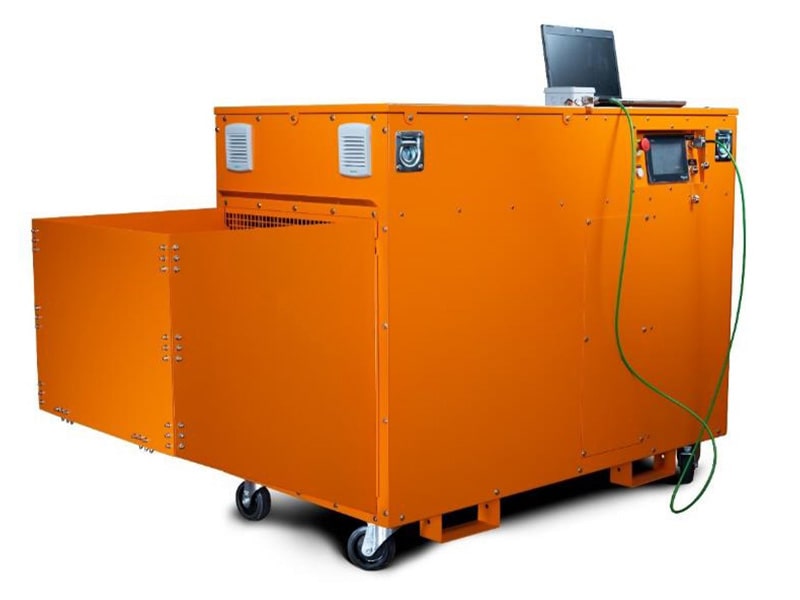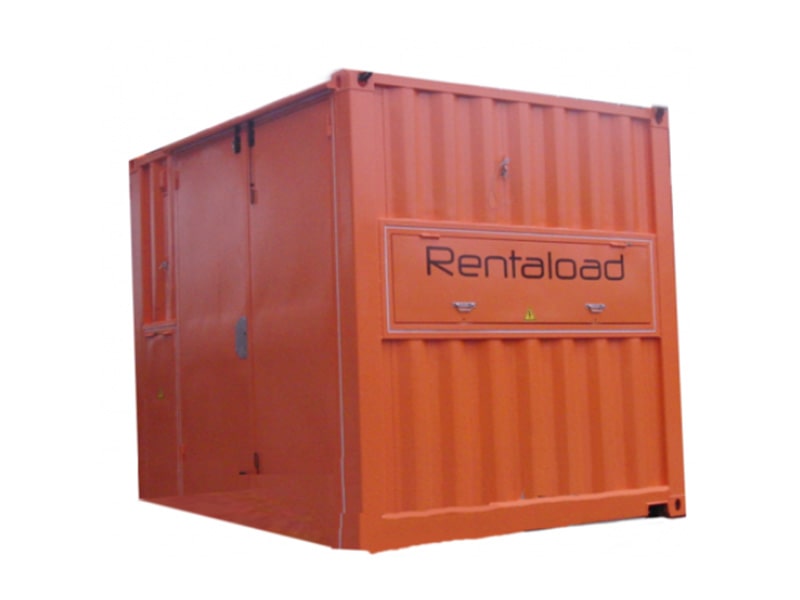Inverter testing
Rentaload operates throughout Europe in different sectors of activity in order to carry out inverter tests .
These tests aim to validate the correct operation of your inverters. These tests are not mandatory but strongly recommended to ensure the security and reliability of your infrastructure.
Find out on this page everything you need to know about inverter testing.
- Why should inverters be tested?
- When should this type of test be performed?
- With what types of load banks?
Also discover the sectors of activity in which we operate and the services we offer in addition to the rental of load banks.
For more information, please feel free to contact us.
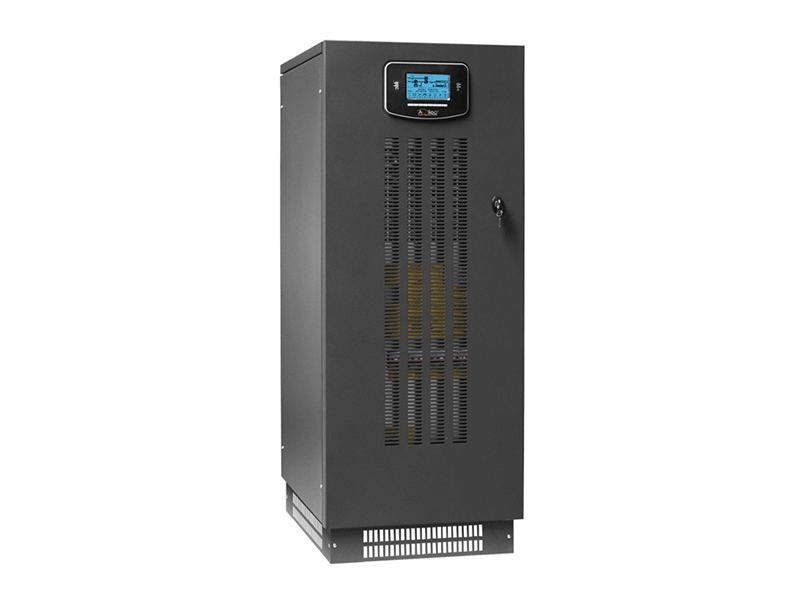
What to know about inverter testing
Many establishments are equipped with inverters (datacentres, hospitals, digital companies, etc.) to compensate for any failures in the power supply from the network. They are considered true “emergency equipment” since they contribute to ensuring continuity of service within the infrastructure when a breakdown occurs.
The UPS is essential for protecting electronic devices and computer data in the event of a sudden power cut. It ensures continuity of service, at the level of the Internet connection, in the event of a power outage.
Therefore, the inverters must be fully operational. The maintenance of this emergency equipment is an absolute requirement in order to guarantee continuity of service.
Thus, to check their correct operation, we will test the inverters with different resistive load banks. These tests will confirm (or not) that the inverters are able to take over in the event of a failure of the main electrical network.
The load banks thus provide a guarantee to the owner of the infrastructure in charge of the operation of the building in the future.
For more information on this subject, please contact us directly: contact@rentaload.com
Why should you test your inverters?
- To check that the inverters start : according to the test protocol, the first step is to test the start of the inverter and then ramp it up;
- To verify that the inverters operate in accordance with the technical specifications of the initial specifications;
- To verify that the inverters are capable of assuming the room’s load increase by carrying out tests in stages (for example 25%, 50%, 75% and 100%);
- To verify that the inverters are able to hold the load at 100% for a requested duration;
- To check support for 0% to 100% without interruption on certain installations (security type hospitals, nuclear power plants): this allows you to see how long the inverter will go up from 0% to 100% but also the stabilisation time of the inverter;
- To verify that there are no overheating points requiring adjustments, configurations or reconfigurations;
- To check the switch to bypass and the return to normal without interruption : this is an inverter operating mode that is to be checked and which allows in the event of a fault in the inverter or in the event of overload to transfer equipment power to the raw network.
Testing your inverters is not yet mandatory but it is strongly recommended.
A breakdown could turn out to be a real disaster for your infrastructure (loss of time, loss of money, loss of data in some cases), so you must prevent this from happening at all costs. Testing your inverters and checking that they are working properly will allow you to be reassured about the future! In fact, in the event of a breakdown of the main electrical network, you will know that your inverters are reliable and efficient and that they are able to take over to ensure continuity of service.
When should you test your inverters?
The tests of your inverters can take place at several times:
- At the installation to qualify your computer room: at the time of the reception of the building, we come to test all the inverters of the infrastructure in order to check that they are in conformity with the basic requirements and that everything works perfectly.
- Throughout the lifetime of your equipment : These are “periodic” tests that check that your inverters are still as operational as for your GE and battery tests.
- After any maintenance to requalify your computer room: after a renovation for example, we come to retest the inverters of your infrastructure in order to check that they are still working as well.


